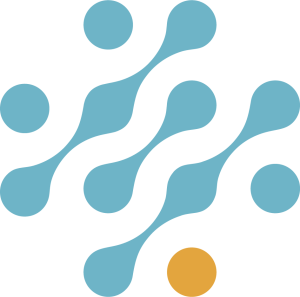- Get directions
- Leave a review
- Claim listing
- Bookmark
- Share
- Report
- prev
- next
- Friday, November 8, 2019 @ 2:00 pm
Lunaphore's scientific paper “Microfluidics-assisted multiplexed biomarker detection for in situ mapping of immune cells in tumor sections” was recently published in Microsystems and Nanoengineering, a member journal of Springer Nature. It was created in collaboration with Prof. Dr. Soltermann (University Hospital of Zurich) and Prof. Gijs (Laboratory of Microsystems at EPFL, Lausanne).
With this study, Lunaphore provides a proof-of-concept of the use of microfluidics for the automation of high-multiplexed immunostaining. In order to analyze the tumor microenvironment, understanding the spatial organization of multiple biomarkers present on a tissue section is of key importance. With this purpose, it is possible to stain and visualize several targets simultaneously with the technique known as “multiplexed immunofluorescence”, the fluorescent staining of multiple biomarkers on the same tissue sample.
Differently from other single-plex immunostaining techniques, multiplexing allows to save scarce tissue sample material while it enables quantitative analysis such as identifying correlations on several cell families and their activation status within the tumor microenvironment.
In this study Lunaphore has demonstrated the potential of their microfluidic staining device to stain 10 markers of relevance in the field of immuno-oncology (CK, CD3, CD4, CD8, FOXP3, CD20, CD68, CD56, PD-1, and PD-L1) in a sequential immunofluorescence protocol consisting of cycles of staining-imaging-elution of antibodies. It was also shown that a quantitative approach for the automation of both the experimental and analytical methods is possible with Lunaphore's system.
Lunaphore’s automated device is based on the FFeX technology, utilizing a microfluidic tissue processor capable of staining each marker within 9-11 minutes. This microfluidic chip is equipped with an imaging window. It is therefore referred to as Look-Through-Chip (LTC) and is located in the staining module of the instrument. The imaging system has been integrated in the device and can image through this chip, in order to fully automate the staining-imaging process. The study included as well high-quality image-processing algorithms to map each cell in the entire tissue, identifying the coexpression and colocalization patterns of biomarkers in order to classify the immune cells and their activation status.
“Combining the rapid immunofluorescence staining achieved with our microfluidic technology, together with an integrated microscopy system, we are able to perform high-plex assays using off-the-shelf unlabeled primary antibodies in unprecedented times” said Diego Dupouy, Lunaphore’s CTO. He added: “We are currently developing a high-throughput instrument to run 40-plex assays in a fully automated manner using the method demonstrated in this study”.
